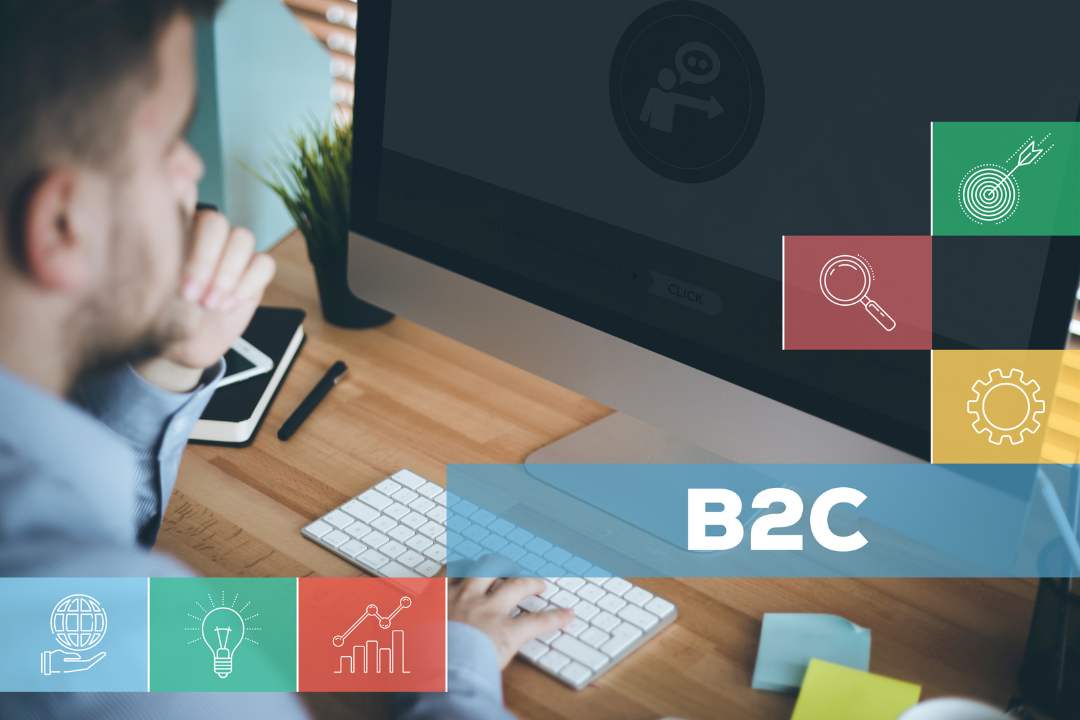Share:
The end of support for Microsoft Dynamics NAV marks a critical point for many companies that have relied on this enterprise resource planning (ERP) software. enterprise resource planning (ERP) software for years. Now, with Microsoft’s official announcement that it will no longer provide updates and support for Dynamics NAV, organizations must make a strategic decision: Migrate to Dynamics 365 Business Central or look for a new ERP solution? In this article, we will explore the options and risks, and provide recommendations on the steps to take.
What Does End of Support for Dynamics NAV Mean?
The end of support means that Microsoft will no longer provide security updates, performance upgrades and technical support. security updates, performance improvements and technical support. for Dynamics NAV. This can create significant risks for companies that continue to use this platform:
- Vulnerability to security threatsWithout updates, companies may be more susceptible to cyber attacks and data breaches.
- Technological obsolescenceSoftware will not receive new features or integrations, which can hinder the ability to compete in an ever-changing market.
- Mayor costo de mantenimiento: Sin soporte oficial, los problemas técnicos podrían derivar en gastos elevados para solucionarlos de forma independiente.
In this context, it is essential for companies to plan how to adapt to this change and avoid being left behind.
Why Migrate to Dynamics 365 Business Central?
Dynamics 365 Business Central is the option recommended by Microsoft as the natural successor of Dynamics NAV. Being cloud-based, it offers a number of significant advantages over its predecessor:
1. Accessibility and Flexibility
As a cloud platform, Dynamics 365 Business Central allows users to access the system from any location and device. This facilitates the remote work and improves collaboration between geographically distributed teams, something that has become particularly relevant in the post-pandemic era.
2. Integration with Microsoft Ecosystem
One of the main benefits of migrating to Business Central is its seamless integration with other Microsoft seamless integration with other Microsoft tools such as Office 365, Microsoft Teams and Azure. This not only increases productivity, but also allows for a better synchronization of data and processes and processes between different applications.
3. Automatic Updates
Unlike Dynamics NAV, Business Central is updated automatically and continuously, eliminating the need for costly and tedious migrations in the future. Businesses can rest assured that they will always be using the latest version of the software, with the latest features and security enhancements.
4. Scalability and Customization
Business Central offers great flexibility flexibility to adapt to the company’s growth.
Las organizaciones pueden empezar con las funcionalidades básicas y añadir módulos adicionales según sus necesidades.
Además, permite la customization through extensionsThis facilitates the adaptation of the software to specific processes.

Alternativas a Dynamics 365 Business Central
Although Dynamics 365 Business Central is the preferred choice for those already familiar with the Microsoft environment, it is not the only alternative on the market.
Dependiendo de las necesidades de cada empresa, existen otras soluciones ERP que podrían ser una mejor opción:
1. SAP Business One
Recognized worldwide, SAP Business One is designed for small and midsize companies. It offers advanced functionality for inventory for inventory, financial and customer relationship management, and can be deployed both in the cloud and on local servers.
2. Odoo
This open-source ERP has gained popularity due to its flexibility and flexibility and its modular approach. Odoo allows companies to select and pay only for the modules they need, which makes it a very cost-effective solution. cost-effective . ..
3. NetSuite
Known for being one of the most comprehensive cloud-based ERPs on the market, NetSuite offers end-to-end solutions for growing businesses, from financial management to marketing automation. It is ideal for companies with international ambitionsthanks to its multi-currency and multi-language capabilities.
4. Holded
Holded is a cloud ERP solution that has gained traction in the Spanish market, especially among small and medium-sized companies. Its intuitive interface and all-in-one functionality make it attractive to companies looking to simplify their operations. Holded includes tools for billing, inventory, accounting and CRM management, allowing organizations to manage multiple aspects of their business from a single platform. In addition, its scalability and its integration with various third-party applications make it a viable option for growing companies. make it a viable option for growing companies.
5. Sage 200
Sage 200 is an ERP solution designed for medium-sized companies looking for advanced resource management. It offers a flexible and customizable approachSage 200 is a powerful tool for companies, allowing them to tailor the system to their specific processes. Sage 200 includes features such as financial management, project control and data analysis, allowing companies to tailor the system to their specific processes. provides organizations with valuable information for decision making.
Además, su capacidad para integrarse con otras aplicaciones y su soporte para diversas industrias lo hacen una opción sólida para empresas que buscan optimizar su gestión.
What Factors Should Be Considered Before Migrating?
Before making a decision, companies should conduct an in-depth analysis of the in-depth analysis of your needs and capabilities. Migrating to a new ERP or upgrading to Business Central can be a complex and costly task if not properly planned. Some factors to consider include:
- BudgetEvaluate the total cost of the migration, which may include licenses, implementation, training and ongoing support.
- Capabilities of the internal teamIs the IT team prepared to manage the new solution or will it be necessary to hire external consultants?
- Specific business requirementsSome ERP solutions are designed for specific industries, which may make one option more suitable than another.
Conclusion: The Right Decision for Your Company’s Future
The end of Dynamics NAV support is not simply a technical issue; it is an opportunity for companies to re-evaluate their systems and processes, and adopt a solution that will enable them to be more efficient, secure and competitive in the future. Migrating to Dynamics 365 Business Central may be the best option for those organizations looking to take advantage of the cloud and integration with the cloud and the integration with the Microsoft ecosystemwhile others may choose to explore new ERP solutions based on their specific needs.
Whatever the decision, acting promptly is essential to avoid disruptions and keep the company operating efficiently in an increasingly demanding business environment.

Amazon and Walmart are leading the Retail Media revolution: they will account for more than 84% of investment by 2025.
Amazon and Walmart are leading the Retail Media revolution: they will account for more than 84% of investment by 2025. Share: Retail Media has emerged

E-commerce in Spain exceeds 99.2 billion euros in 2023, a 16% increase, with more than 30 million buyers.
E-commerce in Spain exceeds 99.2 billion euros in 2023, a 16% increase, with more than 30 million buyers. Share: E-commerce in Spain has experienced a

IAS publishes ‘Industry Pulse Report 2025’: Key trends and challenges for the digital industry
IAS publishes ‘Industry Pulse Report 2025’: Key trends and challenges for the digital industry Share: Integral Ad Science (IAS) has released its annual Industry Pulse

TikTok Shop Launches its E-Commerce in Spain: A Revolution for E-Commerce!
TikTok Shop Launches its E-Commerce in Spain: A Revolution for E-Commerce! Share: TikTok Shop arrives in Spain: The new era of social commerce The long-awaited
You may also be interested in

What is a marketplace? Find out how to get the most out of it
What is a marketplace? Find out how to get the most out of it In today’s digital world, marketplaces have

Business to consumer (B2C): how it works and how it differs from B2B
Business to consumer (B2C): how it works and how it differs from B2B In today’s world, e-commerce and direct business-to-consumer

Amazon and Walmart are leading the Retail Media revolution: they will account for more than 84% of investment by 2025.
Amazon and Walmart are leading the Retail Media revolution: they will account for more than 84% of investment by 2025.

E-commerce in Spain exceeds 99.2 billion euros in 2023, a 16% increase, with more than 30 million buyers.
E-commerce in Spain exceeds 99.2 billion euros in 2023, a 16% increase, with more than 30 million buyers. Share: E-commerce

